Best Companion Plants For Celery That Will Boost Your Harvest
Best Companion Plants for Celery That Will Boost Your Harvest
Celery is a cool-season vegetable that is relatively easy to grow. However, there are a few companion plants that can help to boost your celery harvest. These plants can help to deter pests, improve the flavor of celery, and even provide shade.
In this blog post, we will discuss the best companion plants for celery. We will also provide some tips on how to plant and care for these plants together.
What are Companion Plants?
Companion planting is a gardening technique that involves planting certain plants together to benefit each other. Some companion plants can help to deter pests, while others can improve the flavor or growth of the plants they are planted with.
There are many different companion plants that can be grown with celery. Some of the best include:
- Beans: Beans are nitrogen-fixing plants, which means they can help to improve the soil quality for celery. They can also help to shade celery from the sun, which is beneficial during the hottest part of the day.

- Cabbage: Celery can help to repel pests that attack cabbage, such as the cabbage white butterfly. Cabbage can also provide shade for celery during the hottest part of the day.
- Cosmos: Cosmos have a strong scent that can help to repel pests from celery. They can also attract beneficial insects, such as ladybugs, which can help to control pests.

- Dill: Dill has a strong scent that can help to repel pests from celery. It can also improve the flavor of celery.
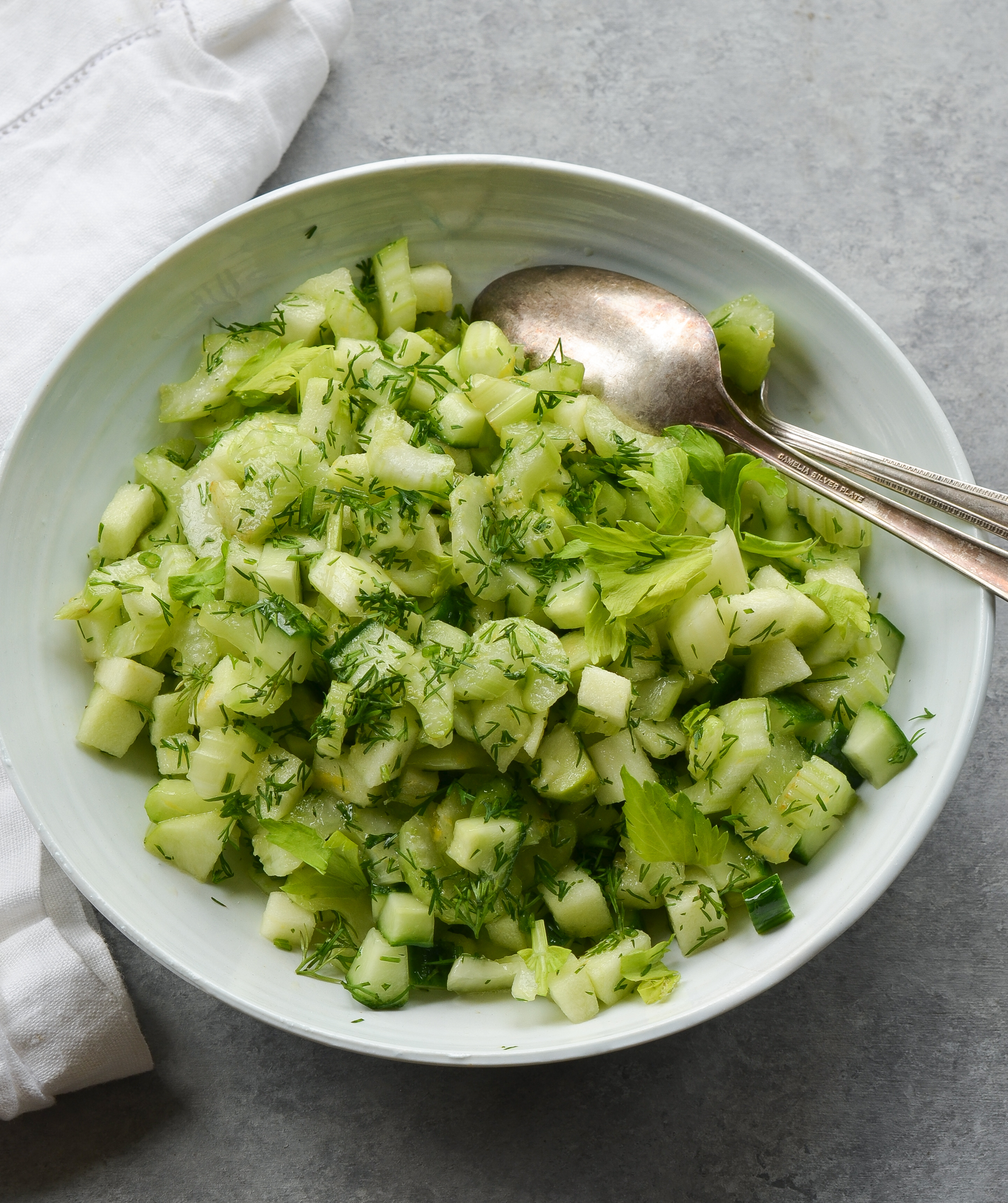
- Marigolds: Marigolds have a strong scent that can help to repel pests from celery. They can also help to improve the soil quality for celery.
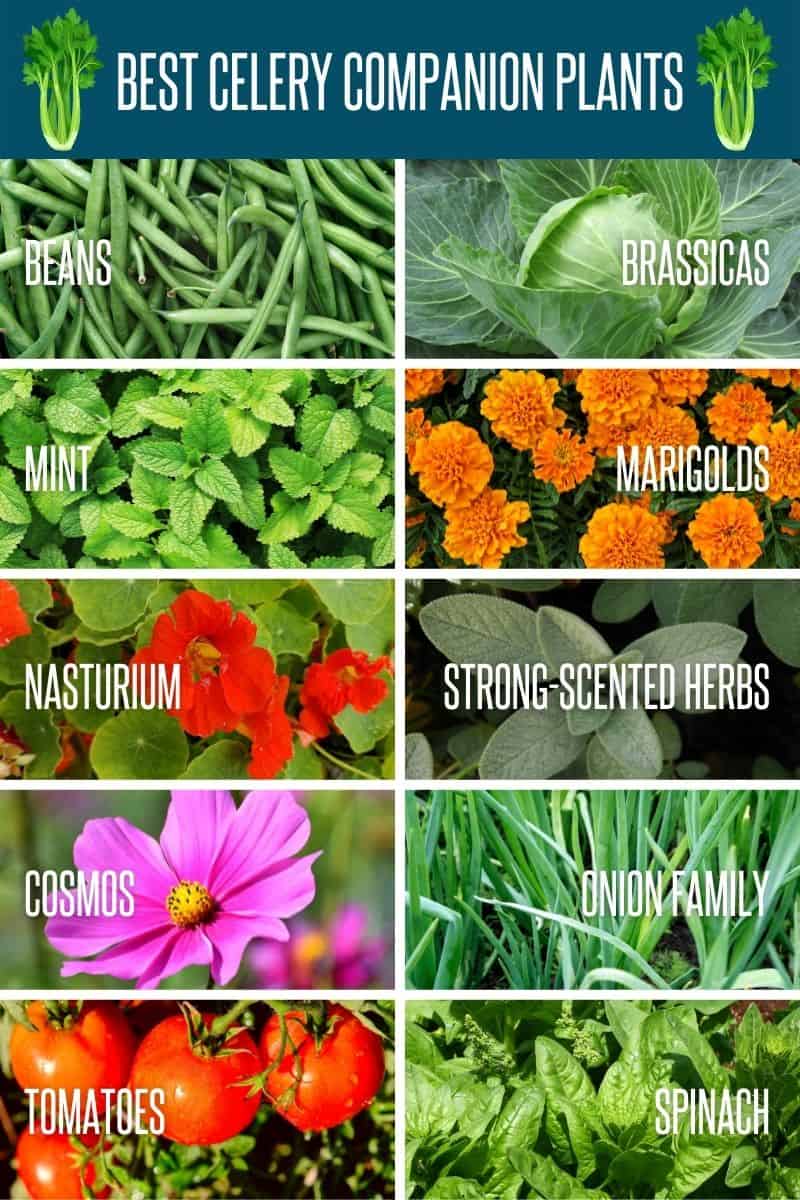
- Nasturtiums: Nasturtiums have a strong scent that can help to repel pests from celery. They can also attract beneficial insects, such as ladybugs, which can help to control pests.
- Onions: Onions have a strong scent that can help to repel pests from celery. They can also improve the flavor of celery.
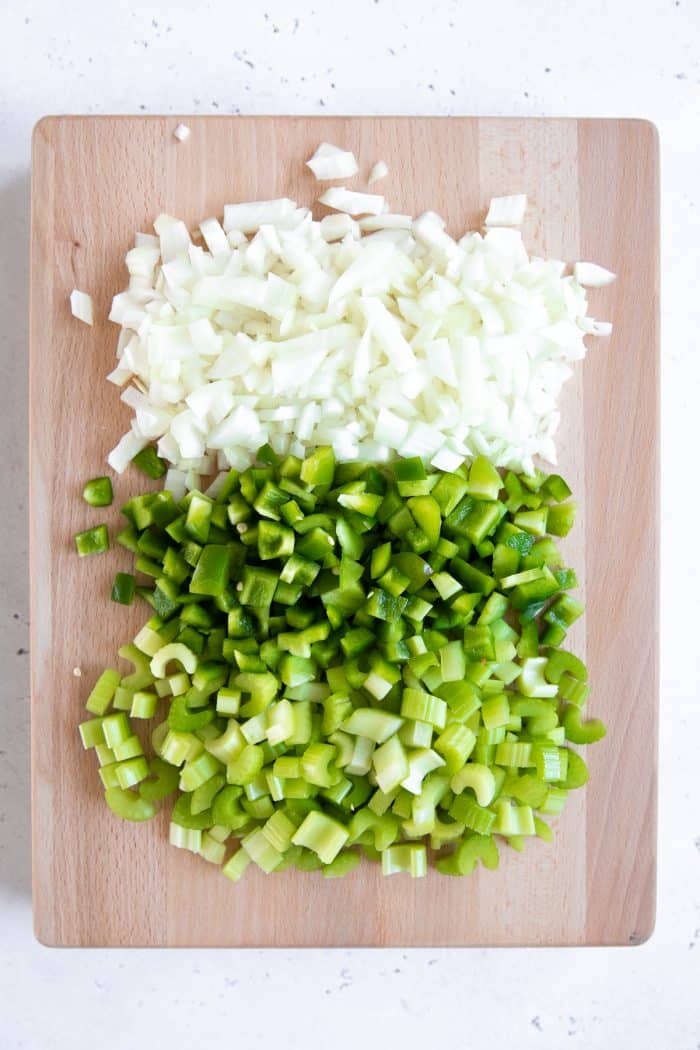
- Tomatoes: Tomatoes can help to shade celery from the sun, which is beneficial during the hottest part of the day. They can also attract beneficial insects, such as ladybugs, which can help to control pests.
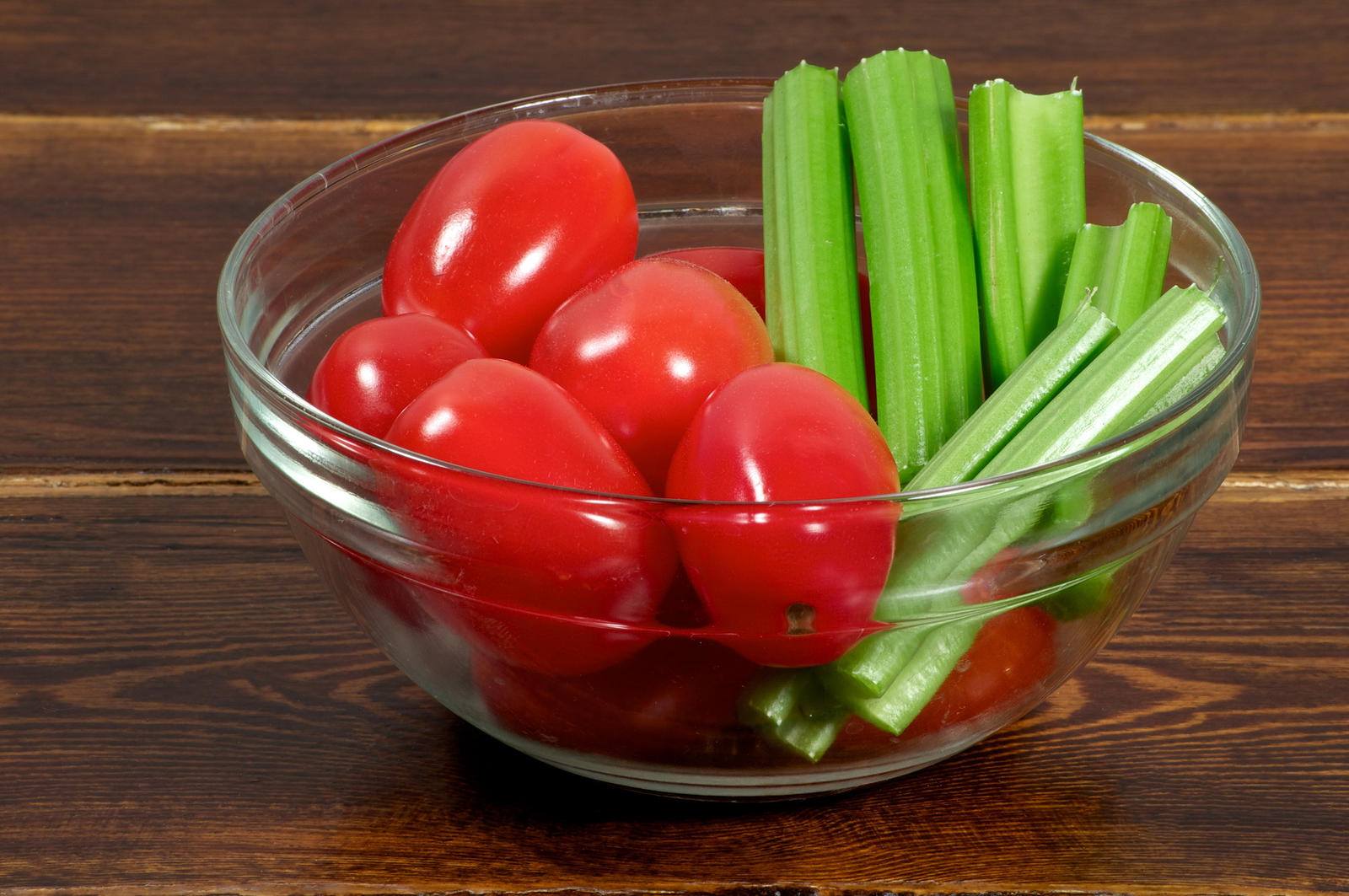
How to Plant Companion Plants with Celery
When planting companion plants with celery, it is important to consider the size and growth habits of the plants. Some companion plants, such as tomatoes and beans, will grow taller than celery. These plants should be planted on the north or east side of the celery plants, so that they will not shade them too much.
Other companion plants, such as dill and marigolds, will grow shorter than celery. These plants can be planted around the edge of the celery bed.
It is also important to consider the spacing requirements of the plants when planting them together. Some companion plants, such as beans and tomatoes, need more space than celery. These plants should be planted at least 18 inches apart.
Celery can be planted closer together, about 12 inches apart.
How to Care for Companion Plants with Celery
Once your companion plants have been planted, it is important to care for them properly. All of the plants need to be watered regularly, especially during hot weather. They also need to be fertilized regularly, using a balanced fertilizer.
It is important to inspect your plants regularly for pests and diseases. If you see any problems, take steps to control them immediately.
Conclusion
By planting companion plants with celery, you can boost your harvest and improve the health of your plants. By following the tips in this blog post, you can plant and care for your companion plants successfully.
Celery is a delicious and versatile vegetable that can be enjoyed in many dishes. But did you know that there are certain plants that can help celery grow better? These are called companion plants, and they can provide a number of benefits to celery, such as:
- Attracting beneficial insects: Some companion plants, such as marigolds and nasturtiums, attract beneficial insects that help to control pests that can damage celery.
- Distracting pests: Other companion plants, such as onions and garlic, have strong scents that can distract pests from celery.
- Improving soil quality: Some companion plants, such as beans and peas, can help to improve the soil quality around celery, making it more nutrient-rich and healthy.
If you're looking to grow healthy and productive celery, it's a good idea to research companion plants that can benefit your crop. A great resource for information about companion planting is Gardenia Inspiration. This website provides a comprehensive list of companion plants for celery, as well as information about the benefits of each plant.
FAQ of companion plants to celery
- What are the best companion plants for celery?
Some of the best companion plants for celery include:
- Marigolds: Marigolds have a strong scent that repels pests, such as aphids, beetles, and nematodes. They can also help to improve the flavor of celery.

- Chamomile: Chamomile is thought to enhance the flavor of celery and deter pests such as carrot flies.
- Mint: Mint has a strong scent that deters pests such as rabbits, deer, and insects. It can also help to improve the drainage of the soil around celery plants.
- Nasturtiums: Nasturtiums have a peppery scent that repels pests such as aphids, cabbage loopers, and flea beetles. They can also attract beneficial insects, such as ladybugs, which help to control pests.

- Thyme: Thyme has a strong scent that deters pests such as aphids, carrot flies, and spider mites. It can also help to improve the flavor of celery.
- Can I plant celery next to tomatoes?
Yes, celery and tomatoes can be planted together. They have similar growing requirements, such as full sun and well-drained soil. Celery can help to repel pests from tomatoes, and tomatoes can help to shade celery from the hot sun.
- What plants should I avoid planting near celery?
Some plants that should be avoided planting near celery include:
- Beans: Beans can compete with celery for nutrients and water.
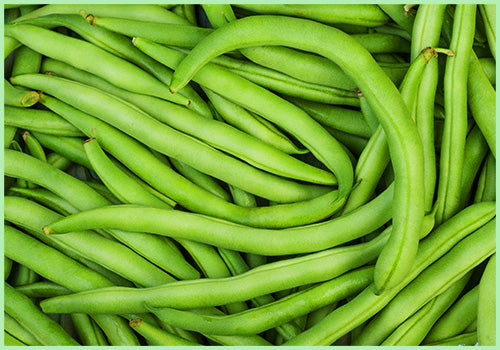
- Cucumbers: Cucumbers can attract pests that also attack celery, such as cucumber beetles.
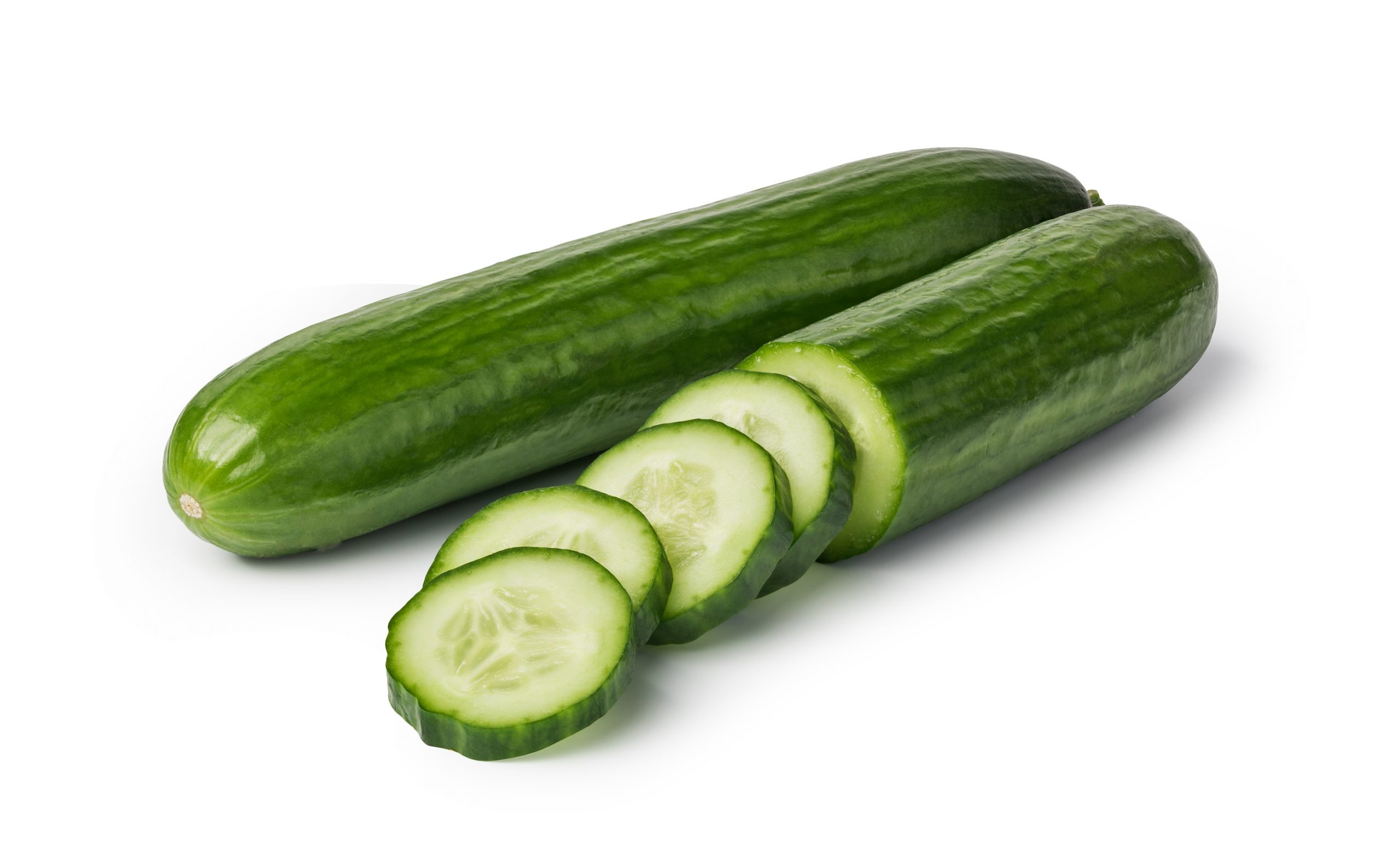
- Potatoes: Potatoes can harbor a fungus that can also infect celery.

- Spinach: Spinach can attract pests that also attack celery, such as aphids and slugs.

- Winter squash: Winter squash can shade celery and prevent it from getting enough sunlight.
- What is the best time to plant celery?
Celery can be planted in the spring or fall. If you are planting celery in the spring, sow the seeds indoors 6-8 weeks before the last frost. If you are planting celery in the fall, sow the seeds directly in the garden 2-3 weeks before the first frost.
- How do I care for celery?
Celery needs full sun and well-drained soil. Water the plants regularly, especially during hot weather. Fertilize the plants every 2-3 weeks with a balanced fertilizer.
Image of companion plants to celery
- Dill - Dill is a strong-scented herb that can help to repel pests from celery. It also attracts pollinators, which can help to improve the pollination of celery flowers and fruits.
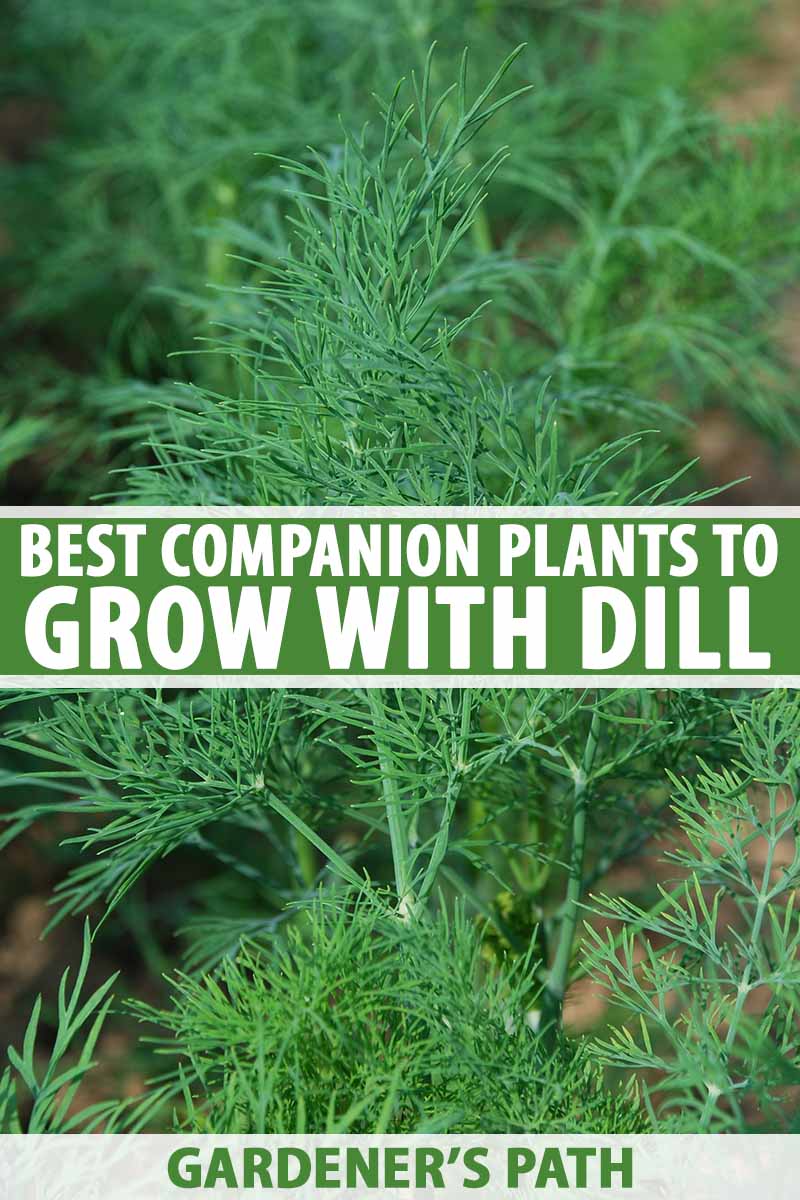
- Marjoram - Marjoram is another strong-scented herb that can help to repel pests from celery. It also helps to improve the flavor of celery.

- Thyme - Thyme is a versatile herb that can be used in cooking or as a companion plant. It can help to repel pests from celery and improve the flavor of celery.
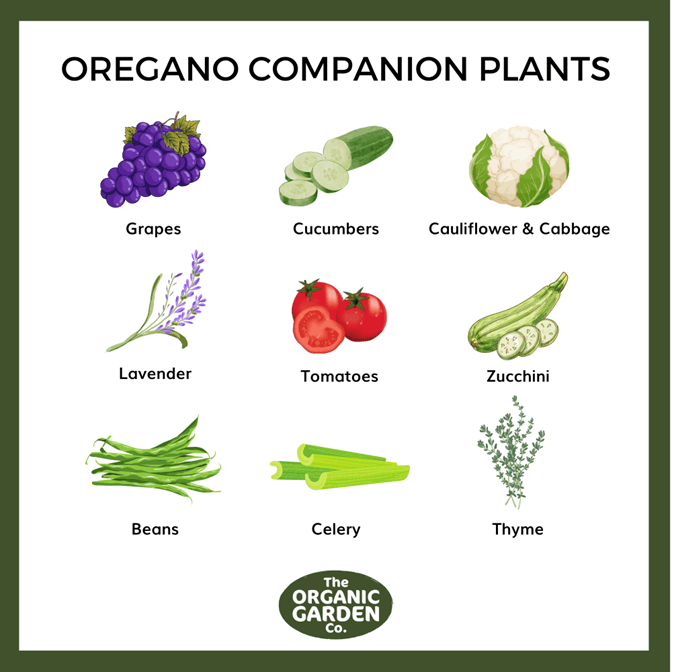
- Mint - Mint is a refreshing herb that can be used in cooking or as a companion plant. It can help to repel pests from celery and improve the drainage of the soil around celery plants.

- Nasturtiums - Nasturtiums are colorful flowers that can help to attract pollinators to celery plants. They also help to deter pests from celery plants.



Post a Comment for " Best Companion Plants For Celery That Will Boost Your Harvest"